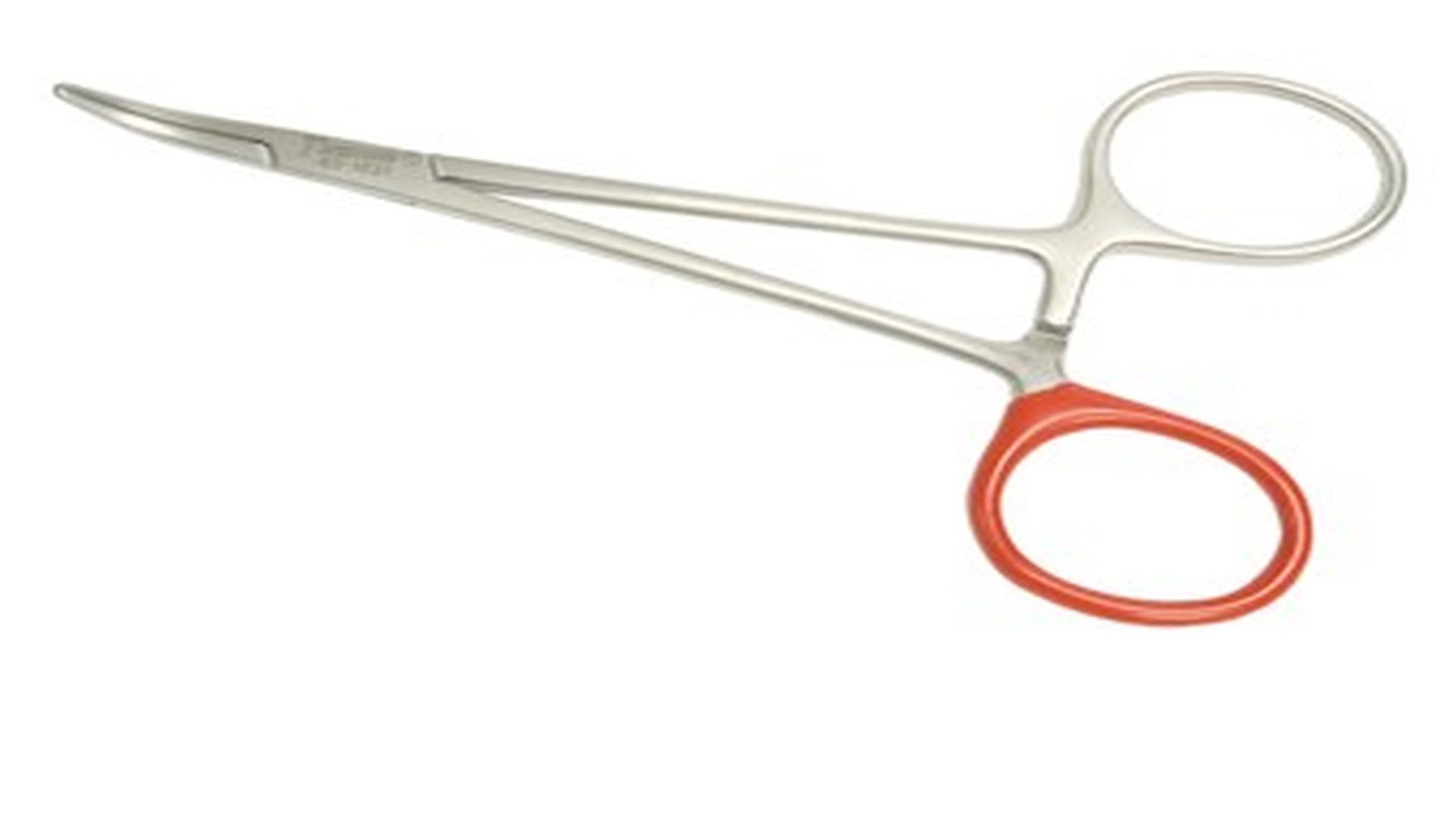Instrument-Marking Methods Must be Maintained Properly

By Nancy Chobin, RN, AAS, ACSP, CSPM
Q: We had our Joint Commission survey this week. The surveyor found several instruments that had colored tape on them. We use the tape for identification of which tray the instruments belong to, surgeon specific instruments, etc. The issue was that on a few of the instruments the tape was not intact. Could you please advise on the following questions: Are facilities still using the colored-tape system to track instruments? If so how are they ensuring quality control of the tape to ensure there are no infection control issues or increased infection risk?
A: Instruments are sometimes marked to make it easier to identify which tray or set they belong in, or to indicate that they are used by a specific surgeon. Instruments must never be vibro engraved (engraved with a machine), because this process damages the hard, protective, chromium oxide layer and creates an area where bacteria can grow and rust and corrosion can occur. Engraving can also weaken the box lock (joint of the instruments) and creates “fissures” or areas where microorganisms can hide. According to the Association for the Advancement of Medical Instrumentation (AAMI), “Instruments should be carefully inspected for flaws, damage, debris, detergent residue, and completeness, then dried. Instrument tape and plastic dipping material, when used properly, is a way to identify specific instruments. These types of marking products wear out over time and staff need to There are several choices to mark surgical instruments. They all have advantages and disadvantages.
Instruments can be marked with an instrument marking tape. The tape manufacturer’s technical data verifying the sterilization testing that was performed should be obtained and kept on file. Keep in mind, not all instrument marking tapes have been validated for use with all the different sterilization methods in use today. Only use tape validated for the sterilization process the instrument will be subjected to. The tape manufacturer’s instructions should be checked regarding which sterilants can penetrate the tape (not all types of tape can be used for all sterilization methods). The tape should be wrapped-not more than one and one-half times-around an area that will not contact the patient and not interfere with the surgeon. As soon as the tape begins to peel or chip, it must be cleaned off and replaced. All tape and adhesive residues should be completely removed and the instrument washed before it is re-taped. A sharp object (e.g., a knife blade) should never be used to remove tape; not only will the instrument’s finish be damaged, but personnel can be injured. Chemical tape-remover products are available. Taped instruments should be checked each time the instrument is processed, and tape changes should be documented.
If instrument marking tape will be used, it is important to in-service your staff in its correct application. There are many educational resources available from various instrument repair companies and tape manufacturers for staff reference. Generally, to apply instrument marking tape:
1. Make sure hands are clean and free of oils and grease
2. Clean the part of the instrument where the tape will be applied with alcohol to remove any lubricant.
3. The tape should wrap one to one-and-a-half times around instrument. Cut the tape at an angle, not straight across.
4. After tape is applied, steam sterilize the instruments. The heat will assist with the bonding of the tape.
5. Tape the shanks of all instruments. Avoid instrument rings. Wrapping tape one to one-and-a-half times around will not interfere with the closing of most scissor tips.
Another acceptable process for marking instruments is chemical etching. Etching is a permanent labeling method using a process called electrolysis and may be done in your own department or by a reputable repair service. Several instrument repair companies offer chemical etching machines to permit your etching the instruments within your facility.

A color-bonded instrument
Additionally, an instrument manufacturer or instrument repair service might apply a color-bond to an instrument’s handle as a means of identification. Check with the manufacturer of the bonding to determine whether the bonding is penetrable by and will withstand repeated exposure to the sterilization process that will be used and to determine how long the bonding will last. One of the concerns about bonding is whether the bonding absorbs ethylene oxide (EO) gas and, if so, what the aeration requirements are. The bonding must be checked because chipping or peeling can occur after repeated cleaning and sterilization. When the bonding needs to be replaced, the instruments must be removed from service and returned to the manufacturer for re-bonding. A variety of colors are available to differentiate instruments by set, etc.
In summary, there are several choices for marking surgical instruments; however, if the chemical bonding or instrument-marking tape methods are used, they must be maintained. This takes time. There is a need for these products however; their use should be limited to only those instruments requiring identification. Always obtain the manufacturer’s instructions for use (IFUs) for the product you are considering. Also, consider the costs for the system not only for the product but for the labor involved to maintain it. If you have a surgical instrument repair service, often they will maintain these systems for you for an additional cost.
Nancy Chobin, RN, AAS, ACSP, CSPM, is a sterile processing consultant and educator.
The Sterile Processing Conference Survival Guide: How to Make the Most of Your Next Event
March 25th 2025From expert speakers to cutting-edge tools, sterile processing conferences, like the 2025 HSPA Annual Conference and the SoCal SPA's Spring Conference, offer unmatched opportunities to grow your skills, expand your network, and strengthen your department's infection prevention game.
Redefining Material Compatibility in Sterilization: Insights From AAMI TIR17:2024
March 24th 2025AAMI TIR17:2024 provides updated, evidence-based guidance on material compatibility with sterilization modalities. It offers essential insights for medical device design and ensures safety without compromising functionality.